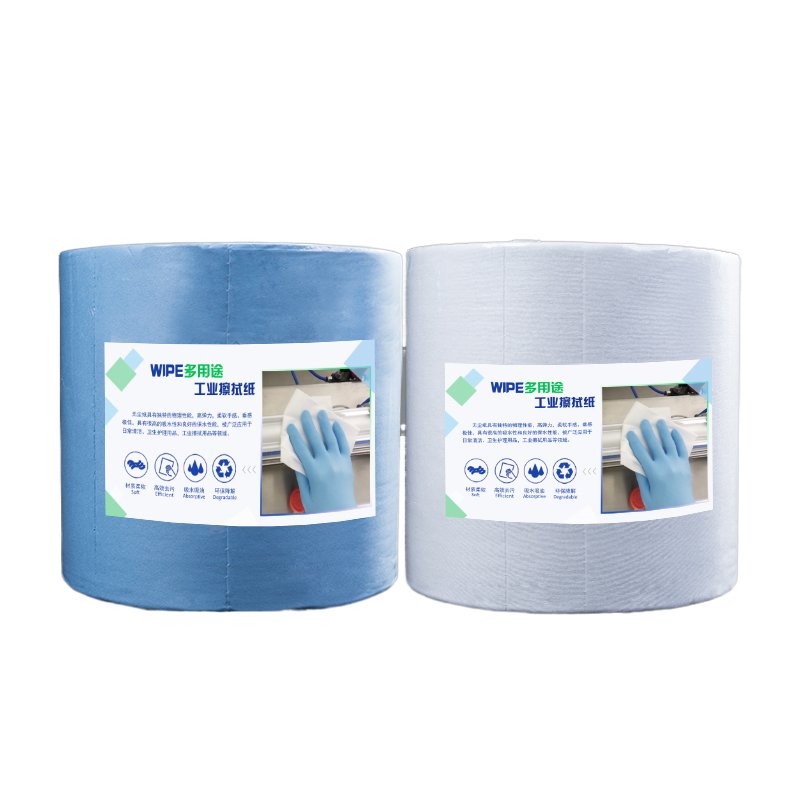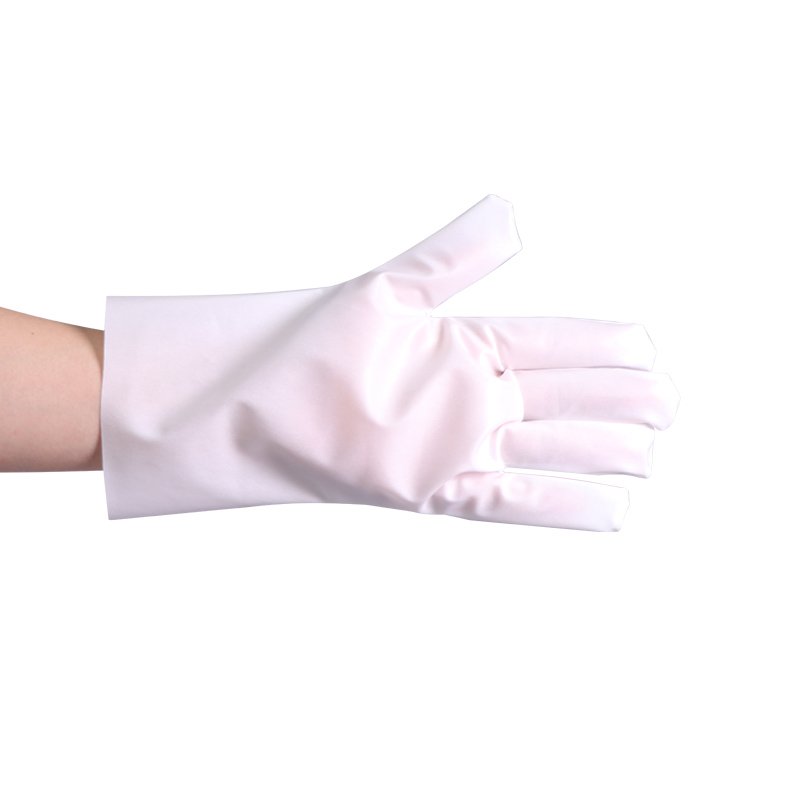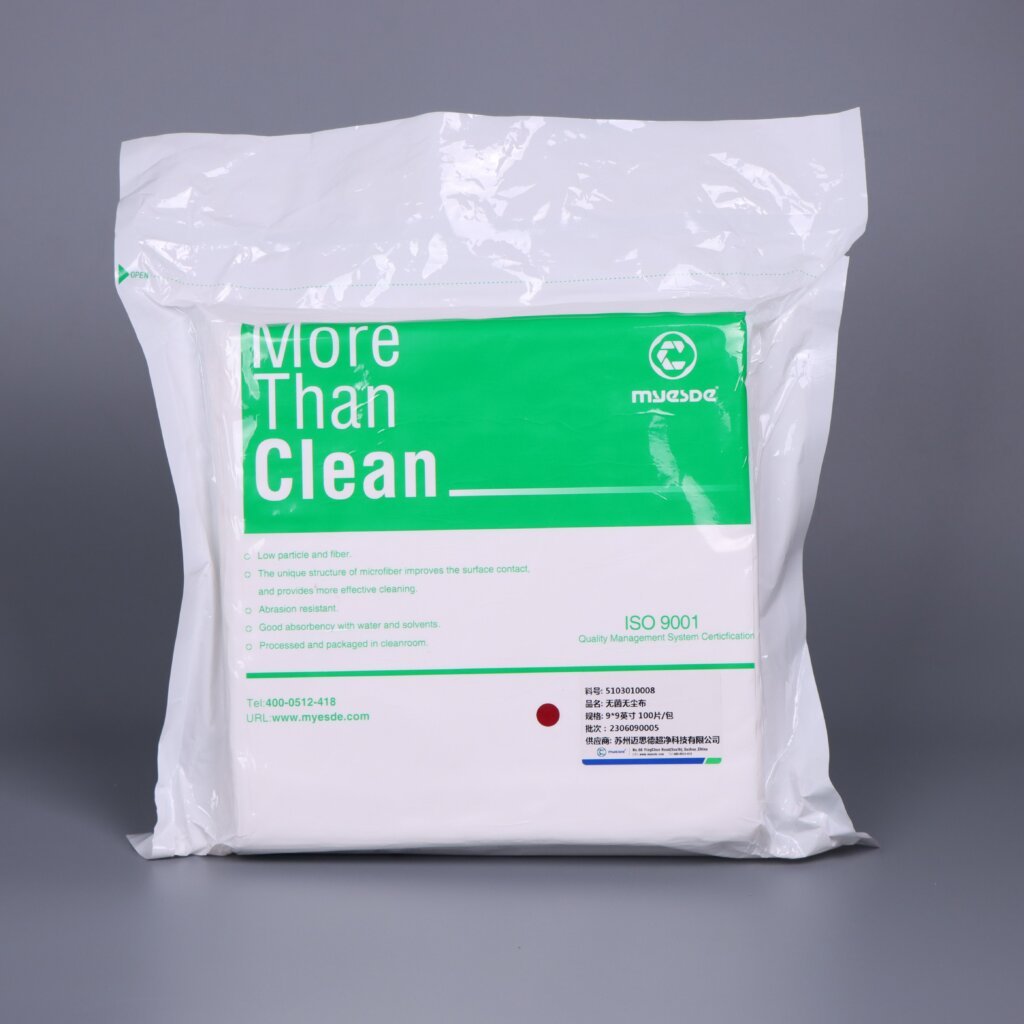OSHA and EPA regulations mandate that facilities have spill control measures in place for oils, lubricants, and other hydrocarbons.
One of the most effective and economical solutions for managing oil spills is the industrial oil absorbent mat. These mats are designed to absorb oil quickly while repelling water, making them essential in heavy-duty environments where both efficiency and compliance matter.
This guide covers how oil absorbent mats work, where to use them, and the best practices for maximizing their performance in manufacturing facilities.
What Are Industrial Oil Absorbent Mats?
An industrial oil absorbent mat is a specialized surface covering designed to capture oil, grease, and hydrocarbon-based liquids without absorbing water. Unlike universal absorbent pads, oil-only mats are hydrophobic, meaning they repel water and selectively absorb oils—an essential feature in environments where water is present, such as near machinery or outdoor maintenance areas.
Material Composition
Most oil absorbent mats are made from meltblown polypropylene, a lightweight, chemically resistant material that offers:
-
High absorbency – Up to 25 times its weight in oil
-
Durability – Maintains strength even when saturated
-
Low linting – Prevents contamination in sensitive processes

Why Use Oil Absorbent Mats in Manufacturing?
Manufacturing floors are filled with machinery, compressors, pumps, and hydraulic systems—all potential sources of oil leaks. Common risks include:
-
Slip Hazards: Workers are at higher risk of falls when oil accumulates on floors.
-
Regulatory Non-Compliance: EPA and OSHA require proper containment of oil-based liquids to prevent environmental damage.
-
Equipment Downtime: Oil spills near production equipment can cause contamination, leading to shutdowns for cleaning.
Using oil absorbent mats in strategic locations minimizes these risks by containing leaks at the source.
Types of Oil Absorbent Mats and Their Applications
Not all oil absorbent mats are the same. Understanding the different types ensures the right choice for each application.
a) Pads
-
Use Case: Placed under leaking valves, pumps, or small machinery
-
Features: Easy to replace, cost-effective for localized spills
b) Rolls
-
Use Case: Cover large floor areas or create walkways in maintenance zones
-
Features: Perforated for easy tearing, ideal for high-traffic areas
c) Socks & Booms
-
Use Case: Surround machinery bases or block doorways to prevent spread
-
Features: Flexible and highly absorbent, great for containment lines
d) Mats with Adhesive Backing
-
Use Case: Near high-traffic production areas where slips are a concern
-
Features: Stays in place, reduces trip hazards
Best Practices for Oil Spill Control Using Absorbent Mats
To maximize the effectiveness of oil absorbent mats, follow these industry best practices:
1. Identify High-Risk Zones
-
Under hydraulic presses
-
Around CNC machines and compressors
-
Loading docks and maintenance bays
2. Layer Protection
Combine oil absorbent mats with drip pans, socks, and secondary containment pallets for critical areas.
3. Use Mats as Preventive, Not Reactive
Position mats before leaks occur—especially during scheduled maintenance or near equipment prone to oil seepage.
4. Replace Saturated Mats Promptly
Saturated mats lose efficiency and can become slip hazards. Establish a daily or weekly inspection routine.
5. Train Staff on Spill Response
Employees should know how to deploy mats quickly and dispose of oil-soaked materials per local regulations.
Cost Optimization: Oil-Only vs Universal Mats
A common mistake is using universal absorbent mats for oil-only spills. Universal mats absorb water as well as oil, making them inefficient in wet environments and increasing disposal costs.
Comparison Table:
| Feature | Oil-Only Mats | Universal Mats |
|---|---|---|
| Absorbs Oil | ✔ | ✔ |
| Absorbs Water | ✖ | ✔ |
| Outdoor Use | ✔ | ✖ |
| Cost Efficiency | High for oil spills | Low for oil-only scenarios |
A metalworking plant reported a 25% reduction in slip incidents after installing oil-absorbent mats near CNC machines. Maintenance time for cleaning spills dropped by 40%, and EPA compliance audits improved significantly.
Conclusion
Industrial oil absorbent mats are a low-cost, high-impact solution for improving safety, compliance, and operational efficiency in manufacturing facilities. When combined with proper spill response protocols and preventive measures, these mats become a critical line of defense against oil-related hazards.
FAQ
Q1: Can oil absorbent mats be reused?
Most mats are single-use, but certain heavy-duty rolls can be reused if not fully saturated.
Q2: Are oil absorbent mats suitable for outdoor use?
Yes, oil-only mats repel water, making them ideal for outdoor spill control.
Q3: How do I dispose of used mats?
Follow local regulations for oil-contaminated waste disposal, often via incineration or hazardous waste programs.




